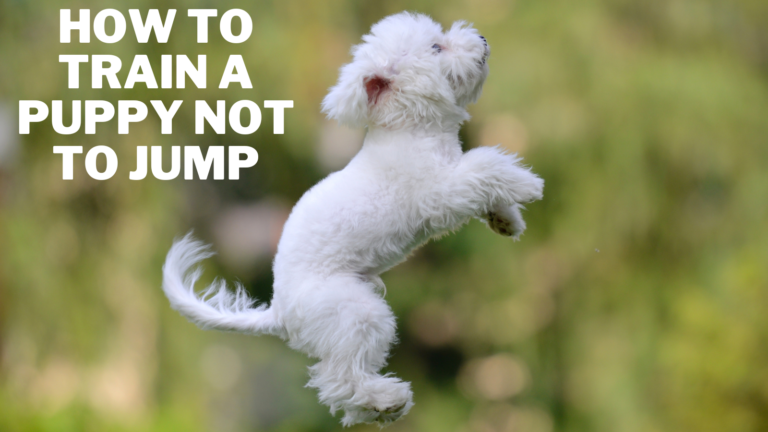Barking Dog Solutions – Ultimate Training
Barking Dog Solutions – Ultimate Training
If you're a dog owner, you've likely experienced the frustration of excessive barking. A barking dog can be disruptive and stressful, whether triggered by anxiety, boredom, or territorial instincts.
Fortunately, there are effective training techniques and strategies to reduce your dog's barking and improve your relationship with your furry companion.
In this blog, we'll explore the ultimate training solutions for barking dogs, from identifying the root cause of the barking to using positive reinforcement and consulting with professional trainers.

1. Determine The Cause Of The Barking
Identifying the root cause of your dog's barking is critical to finding a solution that works. Some of the most common reasons dogs bark include the following:
- Dogs are naturally territorial and may bark to protect their territory, such as their home or yard.
- Dogs that don't get enough exercise or mental stimulation may bark out of boredom or frustration.
- Some dogs may bark excessively due to pain or discomfort from a medical issue, such as arthritis or an injury.
- Dogs that are prone to separation anxiety may bark excessively when their owners leave the house as a way of expressing their distress.
- Some dogs bark when they feel playful or excited, such as during playtime or when meeting new people.
Once you have identified the root cause of your dog's barking, you can develop a more targeted reduction strategy. For example, if your dog is barking out of boredom or frustration, you can provide more exercise and mental stimulation.
If your dog is barking due to separation anxiety, you can work on desensitizing them to your departures and arrivals. By identifying the underlying cause of your dog's barking and developing a targeted strategy, you can help reduce their barking and improve their overall well-being.
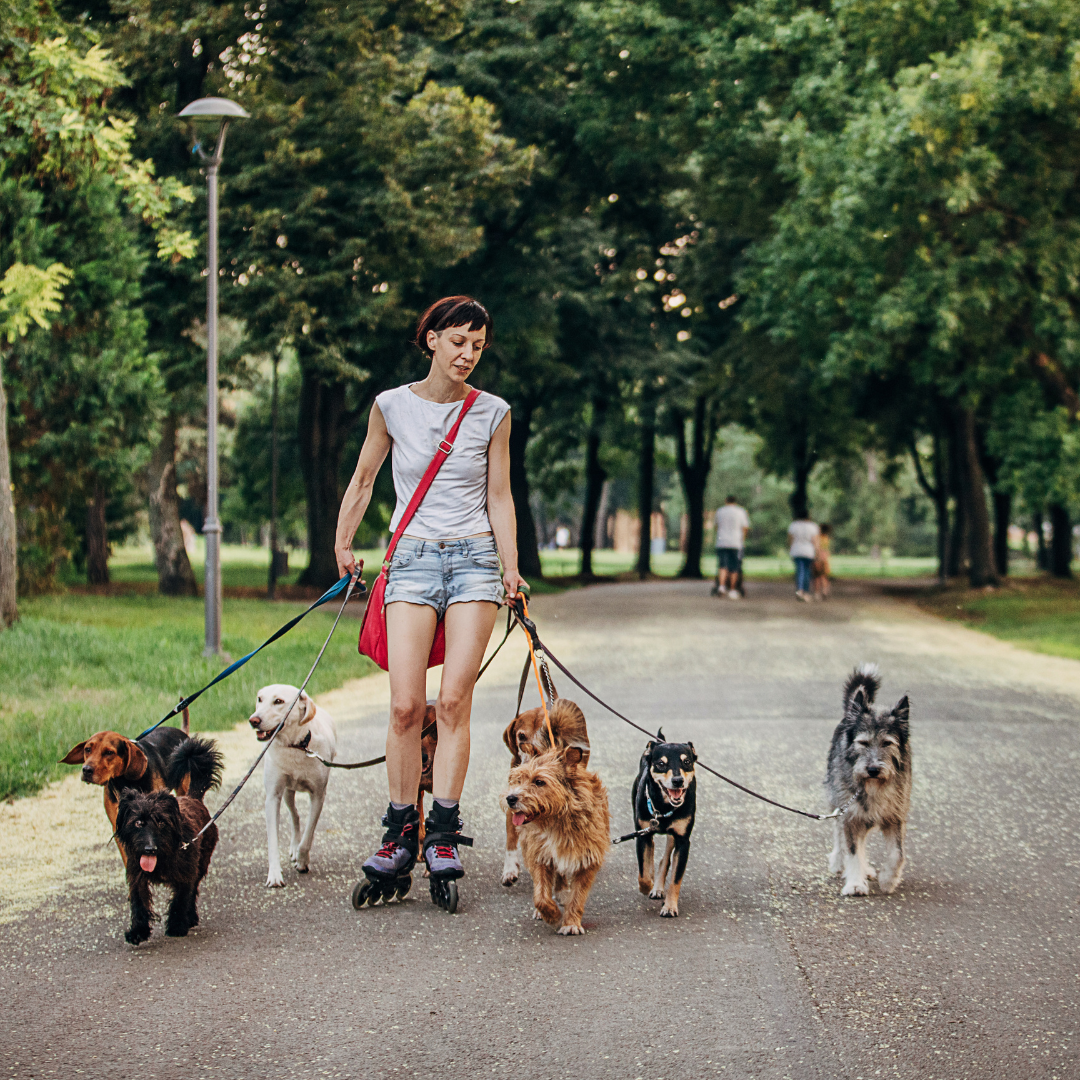
2. Provide Enough Exercise And Mental Stimulation
Providing enough exercise and mental stimulation is essential to reducing excessive dog barking. Here are some tips to help you ensure your dog is getting enough exercise and mental stimulation:
- Walking is an excellent form of exercise for dogs, and it also provides mental stimulation by allowing your dog to explore and interact with their environment. Aim to walk your dog at least twice daily, for at least 20-30 minutes each time.
- Playing games with your dog is a great way to provide mental stimulation and exercise at the same time. Games like fetch, tug-of-war and hide-and-seek can be fun for you and your dog.
- Interactive toys, such as puzzle feeders and treat-dispensing toys, can keep your dog mentally stimulated and engaged for extended periods. These toys can also help reduce boredom and prevent destructive behaviour.
- Agility training involves teaching your dog to navigate an obstacle course, which can provide both physical and mental exercise. You can set up a mini obstacle course in your backyard or take your dog to a local agility class.
- Consider taking your dog to a reputable doggy daycare if you work long hours or have a busy schedule. These facilities provide supervised play and socialization, which can help reduce boredom and prevent excessive barking.

3. Teach Your Dog A “QUIET” Command
Teaching your dog a “quiet” command can be useful for reducing excessive barking. Here are some steps to follow:
- Decide on a word or phrase that you will use to tell your dog to be quiet. Some common choices include “quiet,” “enough,” or “stop.”
- When your dog stops barking, reward them with praise, treats, or a favorite toy. Be sure to do this immediately after the barking stops so your dog understands the reward for being quiet.
- Once your dog has stopped barking, use your chosen command word to reinforce the behaviour. Say the word in a firm but calm voice and follow it with a reward.
- Practice this process with your dog in various situations, gradually increasing the level of distraction or stimulation. Be consistent with your command word and reward, so your dog learns to associate the word with the desired behaviour.
- As your dog learns to respond to your command, gradually decrease the frequency of rewards, but continue to reinforce the behaviour with praise and occasional treats.
It's important to note that teaching your dog to be quiet on command will only work for a while. Consistency and patience are key, and it's important to be persistent with your training efforts.
You should also continue to address the underlying causes of your dog's barking, such as boredom or anxiety, to prevent the behaviour from recurring.
With consistent training and positive reinforcement, you can teach your dog to be quieter and more responsive to your commands.
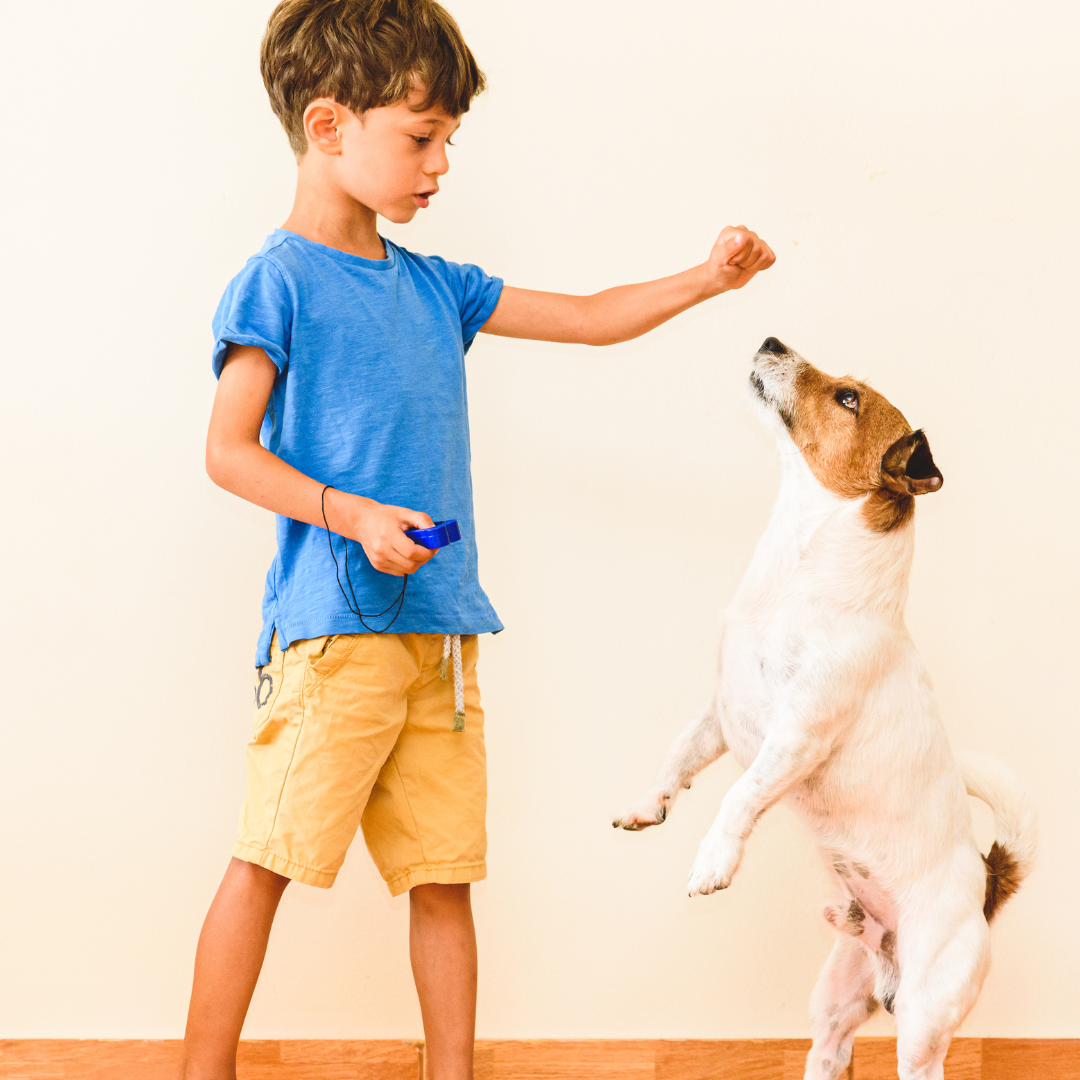
4. Use Positive Reinforcement
Positive reinforcement is a powerful training tool that can be used to encourage the behaviours you want to see in your dog. Regarding reducing barking, positive reinforcement involves rewarding your dog when quiet rather than punishing them when they bark. Here are some tips on using positive reinforcement to reduce barking:
Reward your dog for being quiet: When it is soft, even for a few seconds, reward them with praise, treats, or a favorite toy. This will help them associate calm behaviour with positive outcomes and encourage them to repeat it.
- Treats can be a powerful motivator for dogs, but using them strategically is important. Reward your dog for being quiet in situations where they might normally bark, such as when someone comes to the door or when they're outside. This will help them learn to be quiet and reduce their barking.
- Consistency is key when using positive reinforcement. Be sure to reward your dog every time they're quiet, and be consistent with the rewards you use. This will help your dog learn what behaviour is expected of them.
- Training your dog to be quiet using positive reinforcement can take time. Be patient and persistent, and remember that your dog will learn faster if you keep training sessions short and frequent.
- It's important not to reinforce unwanted barking behaviour inadvertently. For example, if your dog barks to get your attention and you respond by giving them attention, they may learn that barking is an effective way to get what they want. Instead, wait for your dog to be quiet before giving them attention or a reward.
Positive reinforcement to encourage quiet behaviour can reduce your dog's barking and strengthen your bond with them. Remember to be patient and consistent, and always reward the behaviour you want to see.
5. Consider A Barking Collar
While a barking collar can effectively reduce excessive barking in some dogs, using them cautiously and as a last resort is important. Here are some important details to consider:
- Several different barking collars are available, including sound-emitting collars, vibration collars, and shock collars. Sound and vibration collars are generally considered more humane than shock collars, but they may not be as effective in some dogs.
- Before using a barking collar, it's important to introduce it gradually and allow your dog to get used to wearing it. This can help prevent any anxiety or stress related to the collar.
- Barking collars should only be part of a comprehensive training program when necessary. Overusing a barking collar can harm your dog and worsen the problem in the long run.
- Before resorting to a barking collar, consider using positive reinforcement training, addressing any underlying behaviour issues, and providing enough exercise and mental stimulation for your dog.
- If you're considering using a barking collar, it's important to consult with a professional trainer or behaviourist first. They can help you determine whether a collar is appropriate for your dog and provide guidance on how to use it effectively.
Remember, barking collars should only be used as a last resort and should always be with caution and care. They should be part of a comprehensive training program. They should not use as a substitute for addressing any underlying behaviour issues or providing enough exercise and mental stimulation for your dog.

6. Address Any Underlying Medical Issues
It's important to address any underlying medical problems that may be causing your dog to bark excessively. Here are some important details to consider:
- If your dog is barking excessively, scheduling a check-up with their vet is a good idea. The vet can perform a physical exam and run any necessary tests to rule out any medical conditions that may be contributing to the barking.
- Some medical conditions, such as arthritis or dental problems, can cause pain or discomfort that may lead to excessive barking. Look for signs of distress, such as limping, reluctance to play or jump, or changes in eating or drinking habits.
- In some cases, medication may be necessary to help manage a medical condition causing the excessive barking. Your vet can help you determine whether medication is needed and provide guidance on how to use it safely.
- If your vet identifies a medical issue contributing to your dog's barking, it's important to follow their advice for treatment. This may include medication, dietary changes, or other interventions to manage the underlying condition.
Remember, addressing any underlying medical issues is important in reducing your dog's excessive barking. If you're concerned that your dog's barking may be related to a medical problem, schedule a check-up with their vet as soon as possible.
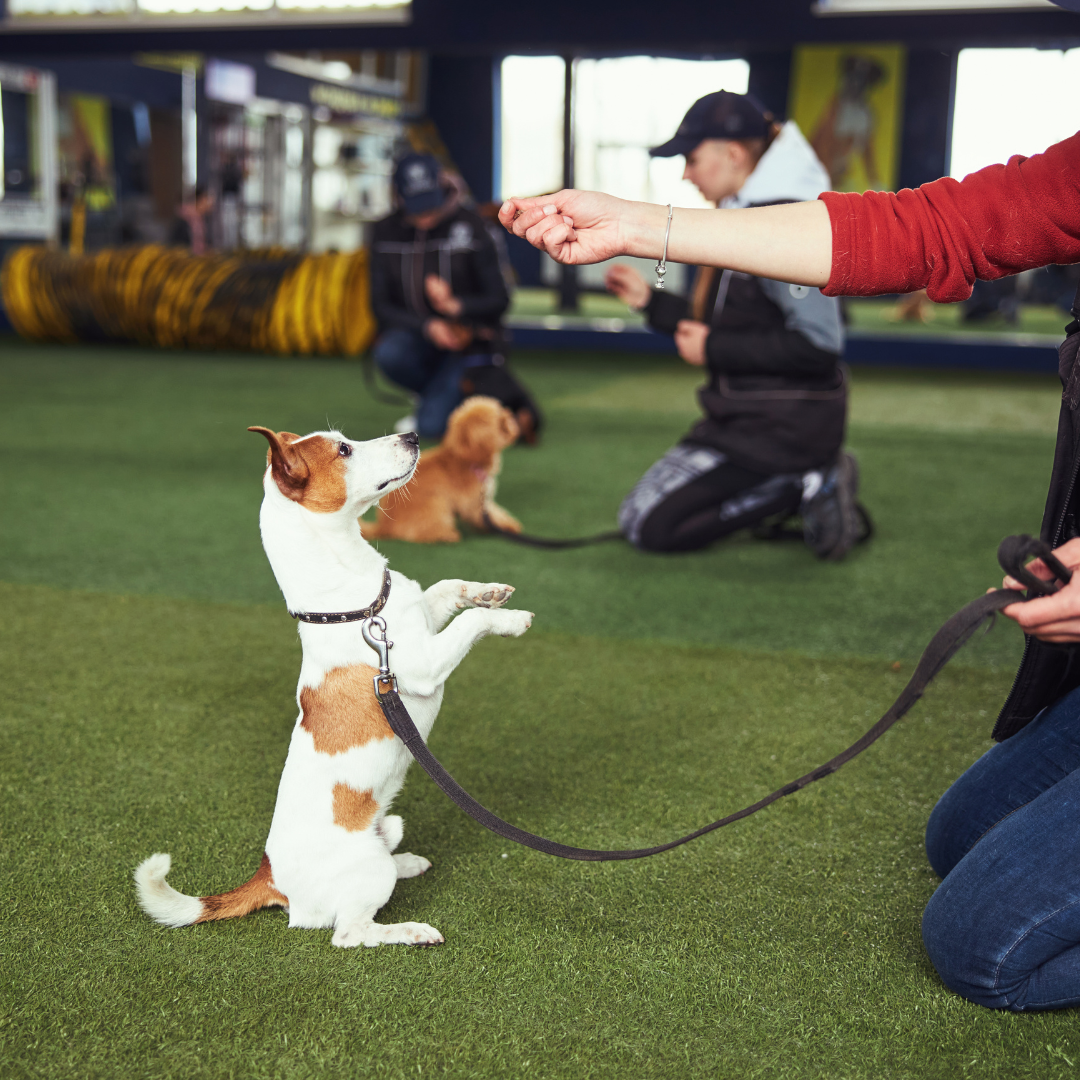
8. Consult A Professional Dog Trainer
Consulting with a professional dog trainer can be beneficial if you're having difficulty managing your dog's barking independently. Here are some details to consider:
- Look for a professional dog trainer who is experienced in working with barking dogs. You can ask for recommendations from your vet, friends or family or search online for qualified trainers.
- When you first meet with the trainer, discuss your goals for reducing your dog's barking. The trainer can work with you to develop a customized training plan based on your specific needs and goals.
- The trainer may offer one-on-one sessions or group classes where you and your dog can learn new behaviours and practice specific techniques for reducing barking. Consistent attendance and practice are key to success.
- It's important to follow through with the training exercises and techniques you learn in the training sessions at home. Consistency is key, and the more you work with your dog to reinforce positive behaviours, the more likely you are to see improvement in their barking.
A professional dog trainer can provide valuable support and guidance in managing your dog's barking. If you're struggling to reduce your dog's barking, consider working with a qualified trainer to develop a customized training plan that works for you and your dog.

9. Create A Comfortable And Secure Environment
Creating a comfortable and safe environment for your dog can reduce barking triggered by external factors. Here are some details to consider:
- Ensure your dog has a comfortable and cozy bed to rest in, preferably in a quiet, low-traffic area of your home. This can help your dog feel more relaxed and calm, which can reduce barking.
- Provide your dog with plenty of toys and chews to keep them entertained and occupied. This can help reduce boredom, which can lead to excessive barking.
- Provide your dog a safe space to retreat when feeling overwhelmed or anxious. This could be a crate or a small, cozy room with a comfortable bed and some toys. Make sure this space is always accessible to your dog, and never force them to go in there.
- If your dog is triggered by external factors such as loud noises or unfamiliar people, try to reduce their exposure to these triggers. For example, you could keep your dog in a quiet room or use white noise to block out loud sounds.
Creating a comfortable and secure environment can help your dog feel more relaxed and calm, reducing barking triggered by external factors. Ensure your dog has a comfortable bed, plenty of toys and chews, and a safe space to retreat when overwhelmed.
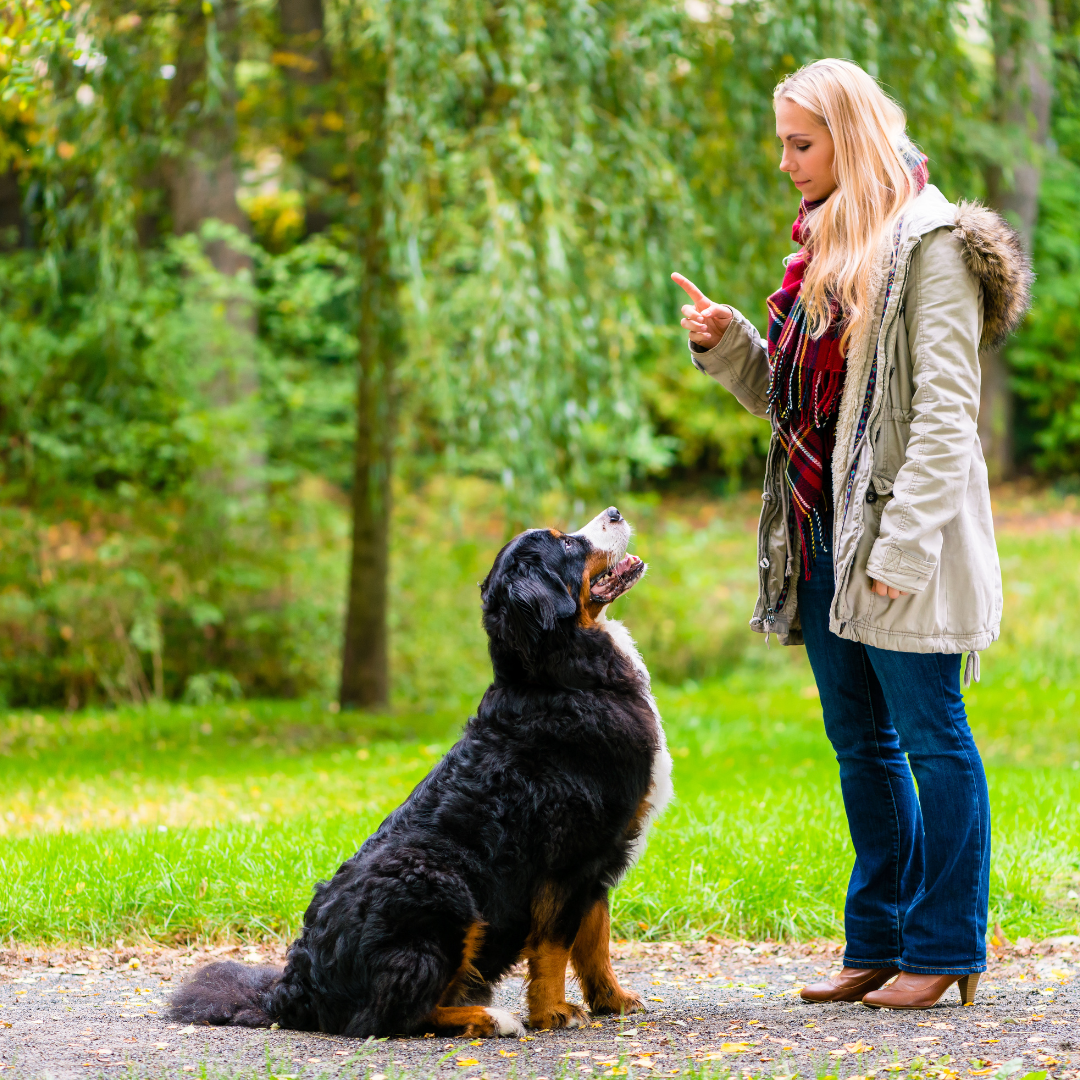
10. Be Consistent And Persistent
Consistency and persistence are key to successfully reducing your dog's barking. Dogs thrive on routine and consistency, so it's important to establish a clear set of rules and expectations for your dog's behaviour. This means consistently rewarding your dog for quiet behaviour and providing plenty of exercises and mental stimulation to prevent boredom and anxiety.
- It's also important to be persistent in your training efforts. Don't give up or become discouraged if you don't see immediate results. Changing a dog's behaviour takes time and patience, and it's important to remain committed to your training efforts, even when progress is slow.
- Consistency and persistence are particularly important when teaching your dog a “quiet” command. This requires consistently rewarding your dog for being quiet and providing clear, consistent verbal knowledge. With enough repetition and consistency, your dog will eventually learn to associate power with being quiet.
By being consistent and persistent in your training efforts, you can gradually reduce your dog's barking and create a more harmonious environment for everyone.

11. Communicate With Your Neighbours
If your dog's barking is causing issues with your neighbours, it's important to take proactive steps to address the problem and communicate with them. Your neighbours may not know that you're working on the issue, and they may assume you're not taking any steps to address the problem.
- Acknowledging your neighbours' concerns and letting them know you're working on the issue is important. This can help to build a better relationship and reduce tension between you and your neighbours. Let them know your steps to address the problem and how they can help by providing feedback or suggestions.
- Consider adjusting your dog's routine to reduce barking when it's most likely to disturb your neighbours. For example, if your dog tends to bark when they see people walking by the house, consider keeping them in a different part of the house during peak pedestrian hours.
In some cases, it may be necessary to bring in a professional dog trainer or behaviourist to help address the issue. By being proactive and communicative with your neighbours, you can help to minimize the impact of your dog's barking and maintain positive relationships with those around you.

12. Use Calming Products
Natural and over-the-counter calming products can be a helpful tool in reducing your dog's barking. Herbal supplements, such as chamomile or valerian root, can calm your dog and help reduce anxiety.
Calming sprays, which are typically infused with pheromones, can be sprayed in your dog's environment to create a sense of relaxation. Pheromone diffusers, such as Adaptil, can also emit calming pheromones to help reduce dogs' anxiety.
These products should use in conjunction with other training methods and under the guidance of a veterinarian. Not all dogs will respond to these products, and some may even have adverse reactions, so it's important to monitor your dog closely when using them is important.
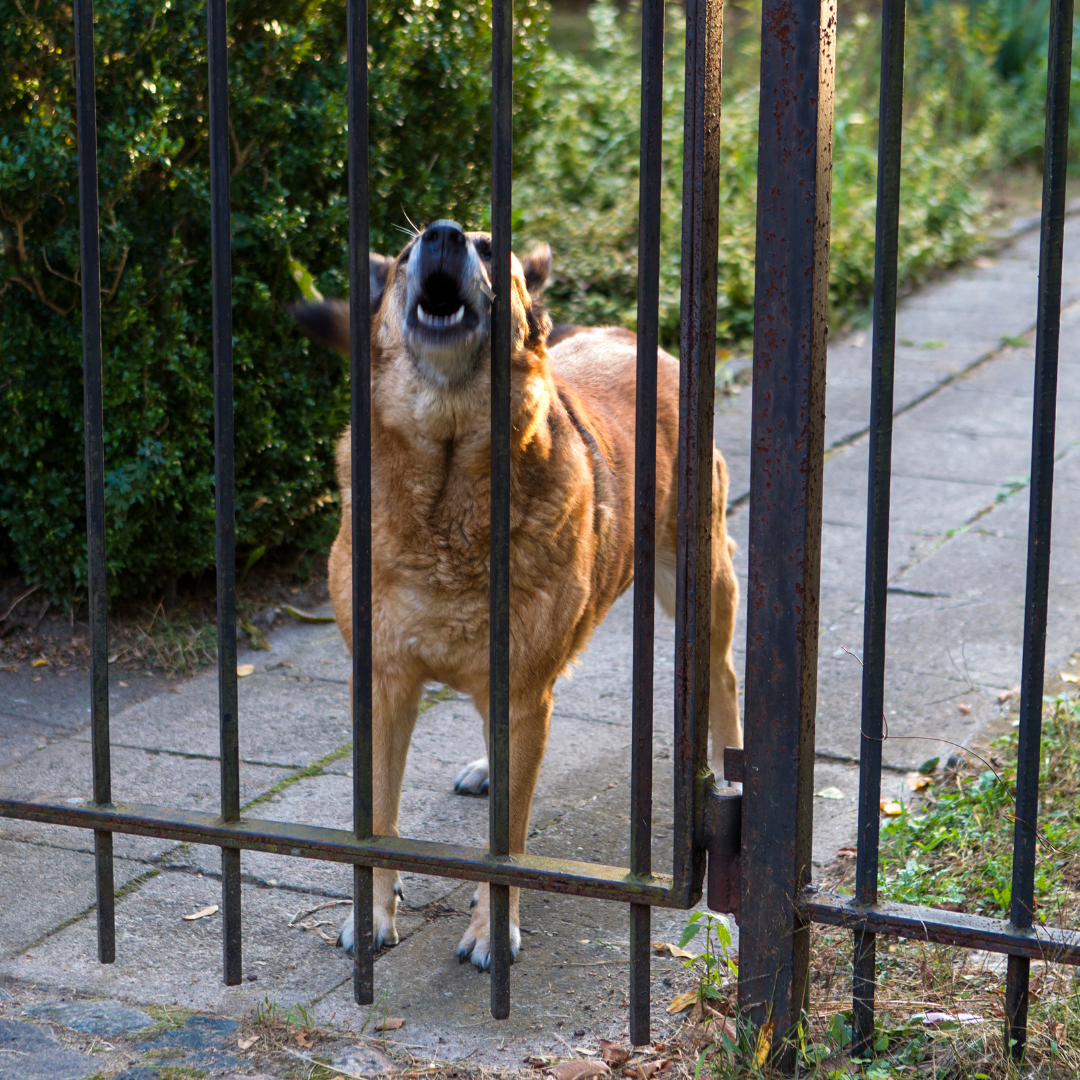
Conclusion
Managing a barking dog can be a challenging but important aspect of responsible pet ownership. You can effectively reduce excessive barking by identifying the root cause of your dog's barking, providing enough exercise and mental stimulation, teaching a “quiet” command, using positive reinforcement, and creating a comfortable and secure environment.
It's also important to address any underlying medical issues and consider working with a professional dog trainer if needed. With patience, consistency, and the right training techniques, you can help your furry friend become a quieter, happier, and better-behaved companion.
I trust you enjoyed this article on Barking Dog Solutions – Ultimate Training. Please stay tuned for more blog posts to come shortly. Take care!
JeannetteZ
>>>Please click here to read my article on A Full Overview Of Dogs And Their Activity<<<
My #1 Dog Training Recommendation
Your Opinion Is Important To Me
Thoughts? Ideas? Questions? I would love to hear from you. Please leave me your questions, experience, and remarks about this article on Barking Dog Solutions – Ultimate Training in the comments section below. You can also reach me by email at Jeannette@Close-To-Nature.org.
Disclosure
This post may contain affiliate links. I earn from qualifying purchases as an Amazon Associate and other affiliate programs. Please read my full affiliate disclosure.
You might also enjoy these blog posts:
Aggressive Dog Solutions – Ultimate Training
How To Train Your Puppy To Use Outside
Special Tips For Growing Sugar-Apple In Containers
Best Essential Oils For Panic Attacks




